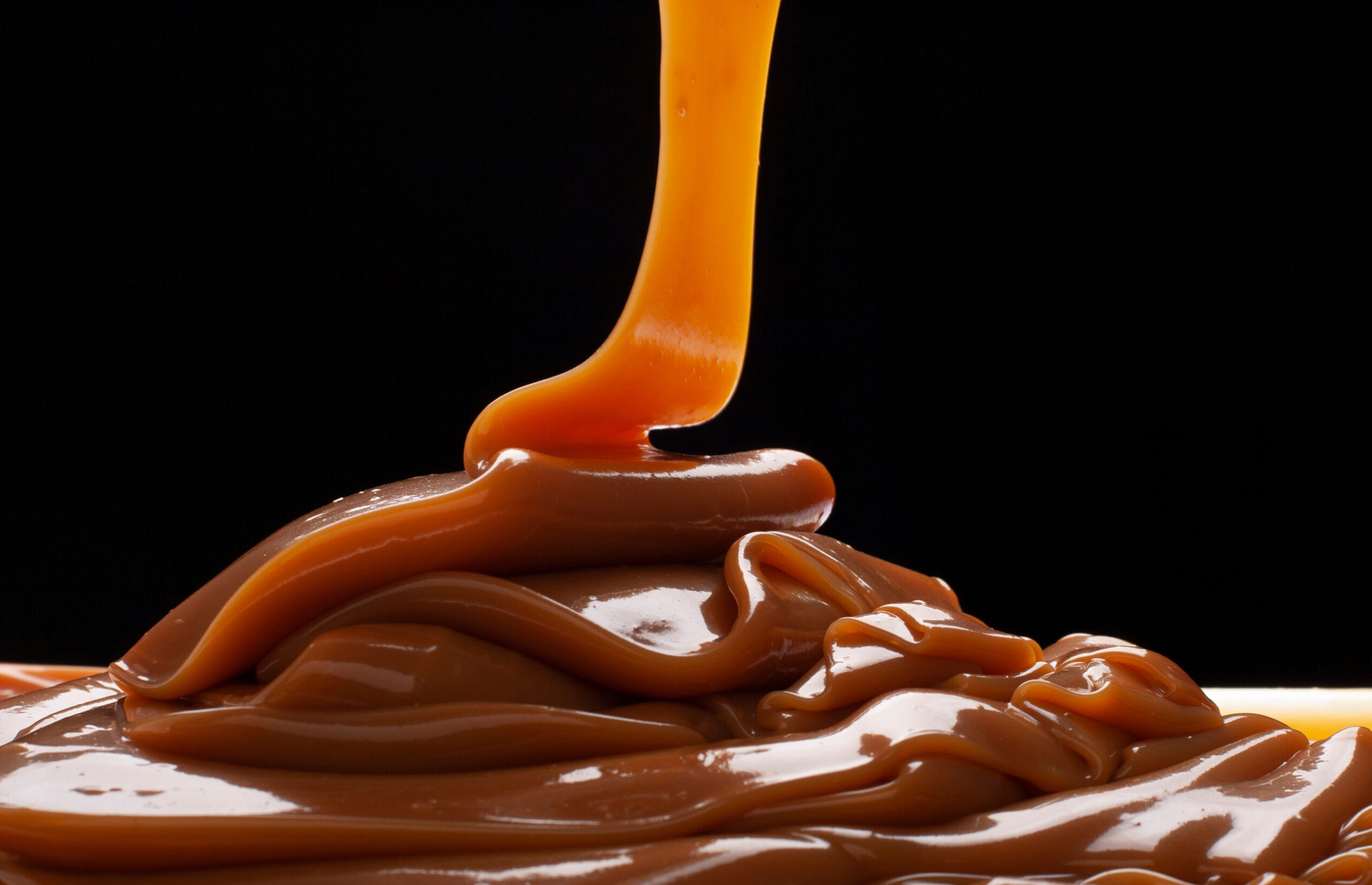Flavour Profiles - Part One: How they work and their place in the world of chocolate
Posted: 26 May 2023
Flavour Profiles - Part One: How they work and their place in the world of chocolate
Our connection with flavours is much stronger than some might think, and they expand far beyond salty and sweet! Take your favourite meal for example. Imagine it sitting on a plate in front of you, the aroma rising to your nose before you take a bite and experience that sumptuous taste you know and love. Taste it yet? Flavours are pretty important, in both a chef’s world and a chocolatier’s, too!
by Joe Baker
26 May 2023




Generally speaking, flavours can be categorised into 6 areas:
- Sweet
- Sour
- Savoury
- Salty
- Bitter
- Spicy
All of the above can be applied to chocolate making (don’t be put off by the spicy notes, you’d be surprised how well they pair!).
These 6 categories cover all foods and their dominating flavour that categorises them.
So, how do flavours actually work?
We could go on for days about flavour profiles and tastes, but for now, let’s keep it simple. Your nose is what allows you to taste the flavours of the food you eat and your tongue tastes the profiles (salty, sweet and so on).
Flavour pairings
These are everywhere and some have even become so commonplace it can be easy to miss them. Salted caramel, as one example, is a pairing so common that it’s easy to view it as one flavour. When in fact it’s just salt and caramel! That one is obviously a little on the nose, but it’s very easy to associate common combinations as a generalized flavour when in fact they are often two paired together to create something so delicious we see it everywhere!
A few other include:
- Fruit and nut
- Gold chocolate (Caramelised white chocolate)
- Strawberries and cream
- Black forest (Dark chocolate and cherries)
- Rhubarb and custard

Adding these flavours to chocolate
Unfortunately, it’s not as simple as blending your favourite fruit and mixing with your melted chocolate, however there are easy solutions! The most popular of the bunch being flavour drops.
Oil based flavour drops
These allow you to easily mix with high fat products (such as chocolate!) without breaking the fat layer. As these also offer an authentic taste, it’s a fabulous way to ensure you get your favourite flavours and retain the classic chocolate look and feel. However it’s worth noting that oil doesn’t play well with water. Trying to use these drops in a liquid would likely result in a layer of oil on top of the liquid.
Water based flavour drops
Much like the oil based drops, these are capable of carrying (water being the ‘carrier’ of flavour) great flavours and imparting these into desserts. However because they’re water based this can break the fat in chocolate or any high fat product. So these are best suited to low to zero fat applications.
Adding the actual ingredient directly into your mix
This method is best suited for bakery applications, as adding fresh fruit or dried spices directly into chocolate can either break the fat or impart a gritty texture. For dried spices these can be easily added to cake mixtures without causing any major issues. The same applies to fresh fruit, though it’s always best to strain any flavouring ingredient to remove excess water if necessary.
Dosage
As a parting note, the above is all well and good, but no good if you don’t know how much to add!
When adding the raw ingredient directly into the mix, the profile and taste usually isn’t that intense. Take for example green apple, a sour profile with a uniquely recognizable taste. To blitz and mix into a cake would impart a slight apple flavour, but nothing on the same level as actually eating that apple. This is why dosage holds so much relevance in chocolate making and baking, and why most opt for flavour drops due to their intensity.
With this in mind, flavour drop dosage should be accounted for in every recipe. Usually flavour drops require only a small amount to impart the flavour in question, so tend to be more cost effective and easier to use than matching this with the ‘real’ ingredient. However, do beware that too much of the flavour drops will overpower your base flavour, so perform a taste test before adding more.

In short, you can make flavour profiles and taste as simple or complex as you like, and with a little help from some flavour drops, dried fruit or spices, you’ll be on your way in no time.
If you’d like to find out more about flavour pairings for chocolate, head over to part two, Flavour Profiles: Pairing Flavours with Chocolate.

Joe is a marketing executive, maker of baked goods and a Teesside accent so thick you could cut through it.
His favourite chocolate is Luker Nevado.
.svg)
 white.svg)